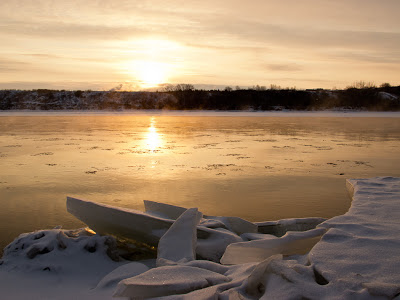by Candace Savage
1
We think we’re awfully smart, with our i-Things and fancy new stuff, as if Wi-fi kept us connected to everything that matters to us.
So it’s a blow when somebody tells us that we’re actually out of touch, fatally disconnected from our own vital interests.
It’s even worse when that “somebody” is six hundred scientists who have spent years pouring over the stats on the health of the planet.
Their findings, as reported in the United Nations Global Environmental Outlook for 2012, are cheerless:
Fifteen years after Kyoto, emissions of greenhouse gases continue to increase, signaling dislocation, climate chaos and uncertainty.
Despite herculean efforts to save species, the rate of extinction remains calamitous, with one in five vertebrates on the Red List.
(The reality may be even worse. A recent U.S. government study reports that one-third of American birds are in trouble.)
Scientists at UNEP warn that we risk crossing critical limits and causing irreversible harm to the Earth’s “life-support functions.”
“Hope is the thing with feathers/That perches in the soul,” Emily Dickinson wrote. Hope is a plaintive song in the darkness.
2
Re-wilding the city may seem like the smallest possible answer to the cosmic mess we’re in. But cities truly are an urgent place to begin.
H. sapiens sapiens is now an urban species, with slightly more than half of us in cities and towns. That’s 3,998,906,053, and counting.
Cities are not apart from Nature. Urban dwellers drink water and breathe air. We draw on the Earth for food and other necessities.
Everything the city consumes has been extracted from the natural abundance of the Earth, often at a cost that is distant and unnoticed.
Our withdrawals diminish the living space of other species—wild birds, animals and plants—and contribute to the disenchantment of Nature.
City dwellers are half of humankind but consume more than three-quarters of the Earth’s goods and services every year.
Stuck in the traffic jam of modern life, we are less connected to Nature than our parents were. Our sense of wonder is clouded fear.
Even our kids prefer to stay indoors, where the electrical outlets are. No wonder we worry about childhood obesity and depression.
Making space for Nature in the city—for the furred and feathered things that coexist with us--offers solace for people and the planet.
3
An international movement to re-wild the city is already taking flight. Cities turn out to be hotspots for a diversity of life.
Humans are a keystone species, ecological engineers. As we destroy, we also unwittingly create opportunities for other creatures.
To non-human eyes, a high-rise tower is a cliff face. Boulevard plantings form gangly forests. Vacant lots become an eccentric wilderness.
In cities around the world, people are noticing cracks in the pavement—openings for life—and taking urgent steps to protect them.
Back-yard gardeners are digging up monocultures of grass to make room for native plants and the buzz of “tame” and native bees.
Cities are encouraging the creation of rain gardens and swales to protect their watersheds from run-off and pollution.
Paris and New York have transformed old railways into high-line parks, and grim brownfields in Germany have been restored to vibrant life.
The City of Seoul has disinterred the Cheonggycheon River from a deep overlay of roads, boosting both fish and bird species six-fold.
The wild city is a space of possibility and promise, where hope can grow. It’s time to bring the good life home to the urban jungle.
Candace Savage is an award-winning Saskatchewan author of many bestselling natural history books. Her most recent book, A Geography of Blood: Unearthing Memory from a Prairie Landscape, recently won the Hilary Weston Writers' Trust Prize for Nonfiction.
Candace is one of the leading voices behind Wild About Saskatoon: Connecting Nature and Culture in the City. Wild About Saskatoon is dedicated to the urgent task of reconnecting city dwellers with the wild lives and life-sustaining processes going on all around us. It is an informal group of citizens brought together by a shared love of nature and of our home town, a middle-sized city on the banks of a shining prairie river.
Photo Credit: Candace Savage








